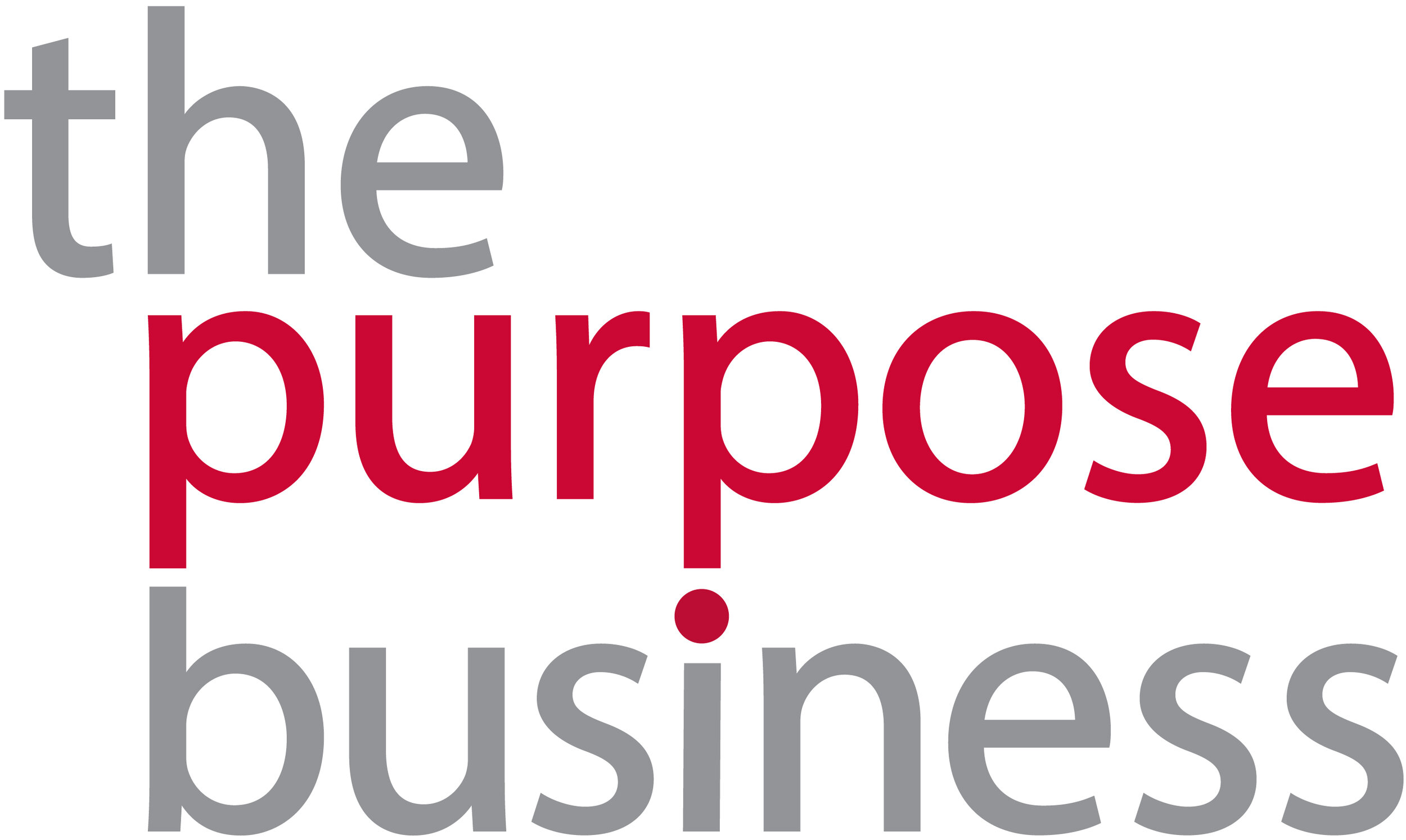Firm foundations: Why buildings need to up their health, safety and wellness
People are starting to return to schools, offices, and buildings, so what role does the real estate sector play in ensuring a healthy and safe environment to return to as economies slowly re-open? Navigating GRESB disclosures post-pandemic recovery points a way forward.
The links between built environments and their impact on people’s health and wellbeing have long been substantiated - and further emphasised by the pandemic. Leading green building associations have recognised the significance of this relationship in different ways – the World Green Building Council (WorldGBC) recently published a Health & Wellbeing Framework, the U.S. Green Building Council (USGBC) launched the LEED Safety First pilot credits, Fitwel released a new Viral Response module, and WELL similarly published their new Health-Safety rating, all of which aim to provide best practices, industry guidelines and standards for building health and safety to assist with the re-occupancy of buildings in a post-COVID world.
In particular, the spread of infectious respiratory diseases is putting a renewed focus on enhancing indoor environments such as air ventilation, indoor air quality, indoor spacing and design as well as the introduction of new health and safety protocols such as temperature checks and contact-free technology. In a post-COVID world, these building elements will no longer be considered a value-add, rather a baseline expectation for all building developments.
Now or never: Real estate companies must up their game on health and safety
As the real estate sector adapts to these changes, the focus for companies will be to review and update their management approach towards the issue of health and safety. This also presents a ripe opportunity for those with existing processes in place to further take a leadership role on this issue. One way that real estate companies can communicate their efforts is via voluntary disclosure on the Global Real Estate Sustainability Benchmark (GRESB) platform. GRESB is the leading ESG benchmark for real estate and infrastructure portfolio and assets. Their ESG data, which is validated and comparative across the industry, is used by the global investment community to benchmark investments against peer performance. The disclosure platform is growing fast, with GRESB recently announcing an estimated 22% increase in participation this year with the release of the 2020 results.
GRESB sees the social component of buildings as how they have an impact on people – whether that be a company’s own employees, tenants or the wider community. As such, GRESB respondents are required to disclose data and information showing their efforts to address each of these stakeholder groups’ needs. In 2021, we can expect investors to look much more closely with a post-COVID lens at how companies have scored in each of the respective areas.
In particular, the issue of health and safety is expected to surface in the following GRESB indicators starting next year:
What GRESB/investors might be looking for post-COVID
Management Section
RM3.1: Has the entity performed social risk assessments in the past three years?
Companies should demonstrate COVID-related social risk assessments and evaluate the health and safety issues in relation to employees, contractors, tenants/occupants, supply chain partners and wider community. Companies can identify high-risk spaces along with vulnerable stakeholder groups, appropriate engagement channels and corresponding risk mitigation controls.
SE3.1, SE3.2: Does the entity have a programme in place for promoting the health and well-being of employees?
This may include initiatives to minimise the spread of diseases and even the emotional toll experienced by employees due to the pandemic such as contributing to childcare facilities and the provision of mental health support services.
Development Section
DSE1: Does the entity take measures to incorporate occupant health & well-being in its development projects?
Companies developing new projects are expected to consider occupancy health and safety in their decision-making processes - in particular, active design, appropriate humidity levels, indoor air quality and natural ventilation in the design of new buildings.
DBC1.1, DBC1.2: Does the entity’s development portfolio include projects that are aligned with green building rating standards?
Examples from the industry
CapitaLand, one of Asia’s largest diversified real estate groups, has taken a lead in occupancy health and safety to ensure a safe transition of people back to their buildings. In their commercial assets, they implemented a range of safety protocols such as increased disinfecting measures, using contactless technology where possible in common areas and shortened operation hours to optimise crowd control. Taking it a step further, CapitaLand also developed an application which allowed house hunters to book online viewing appointments so people can still interact with spaces in a safely distanced way.
Triovest, a Canadian real estate advisory and capital firm, is another company choosing to focus on their tenants. Apart from quickly establishing a Tenant Reintegration Committee to engage with their tenants during the pandemic, Triovest protects tenants in the workplace by implementing staggered employee working shifts, limiting the number of meetings and non-essential visitors, and even reconfiguration of spaces to achieve physical distancing in their buildings.
These are just some examples of how the real estate sector can begin to address the shifting expectations towards them – while there are multiple opportunities to look both inwards and outwards. Companies who are planning to review their health and safety management approach in the coming year should do so in alignment with their disclosure platforms, whether it be GRESB or others, to ensure they are effectively communicating their efforts - not just for the sake of reporting or compliance but as a reflection of responsible building practice in a uniquely challenging environment.




